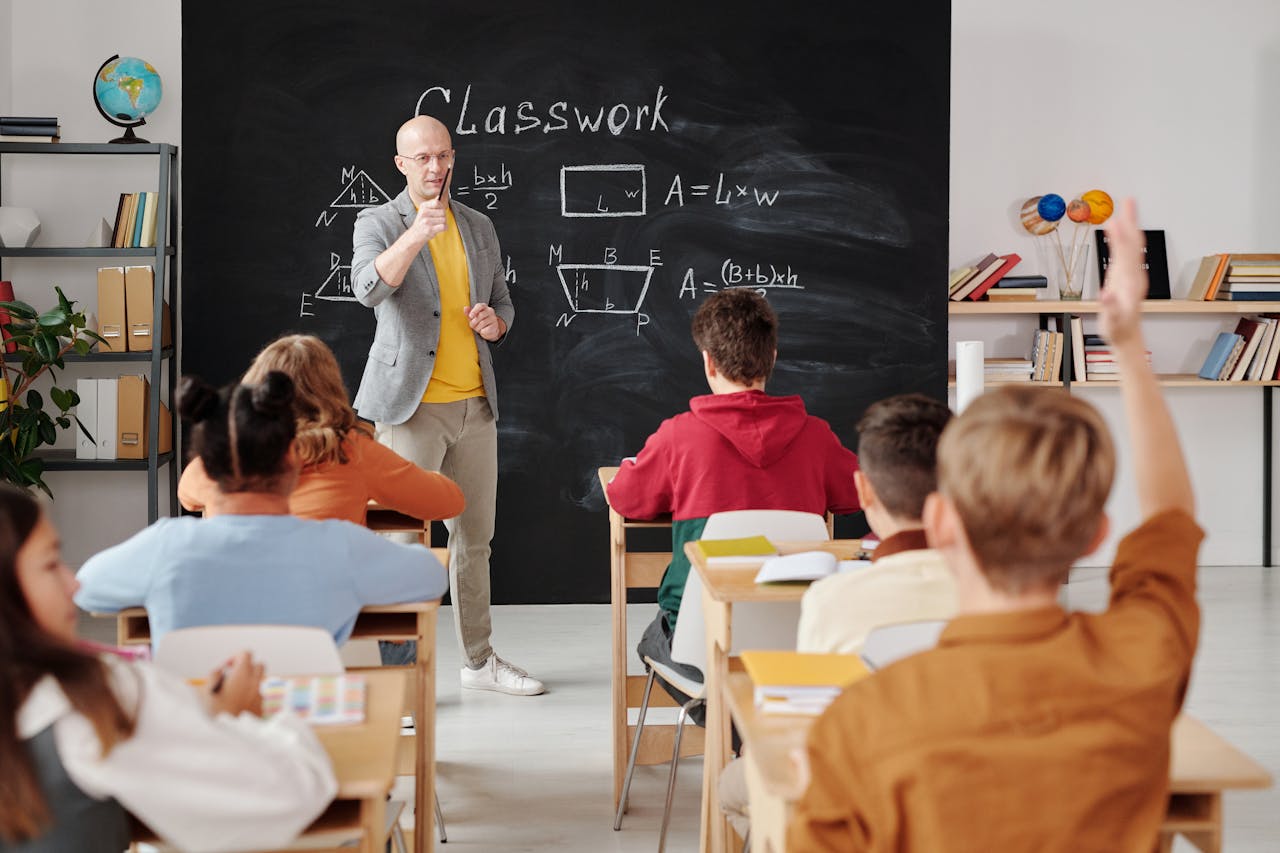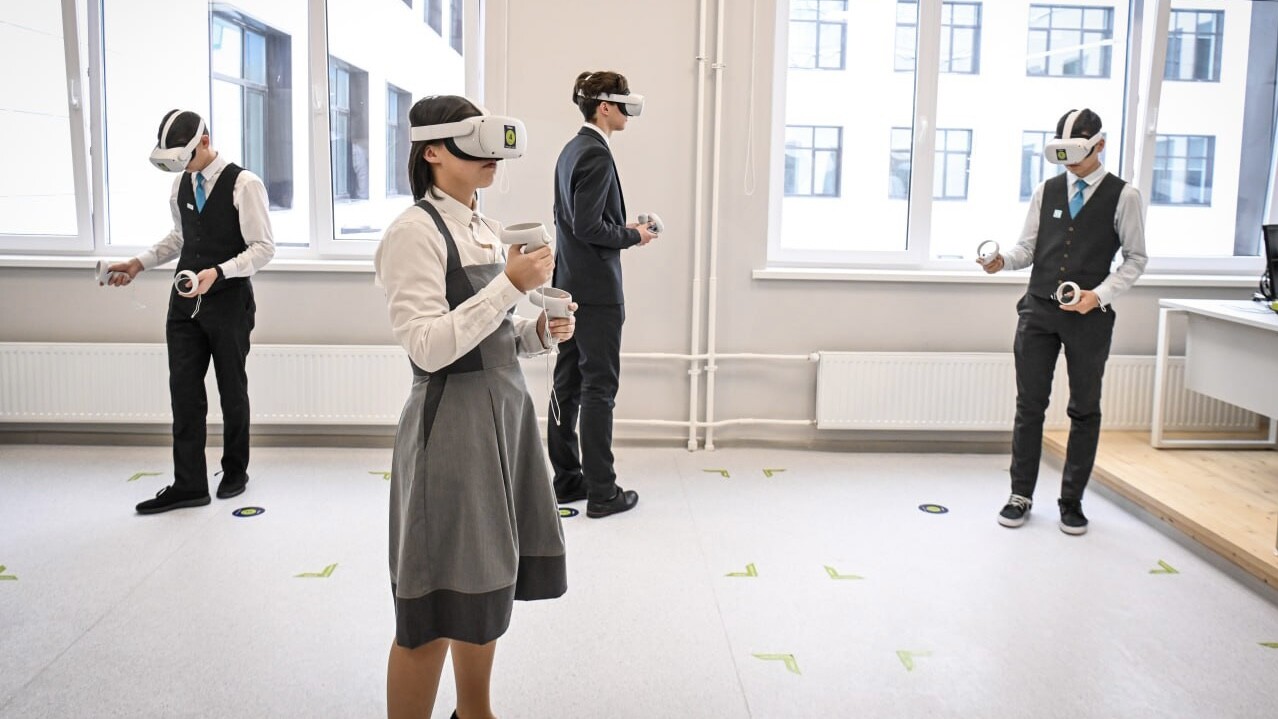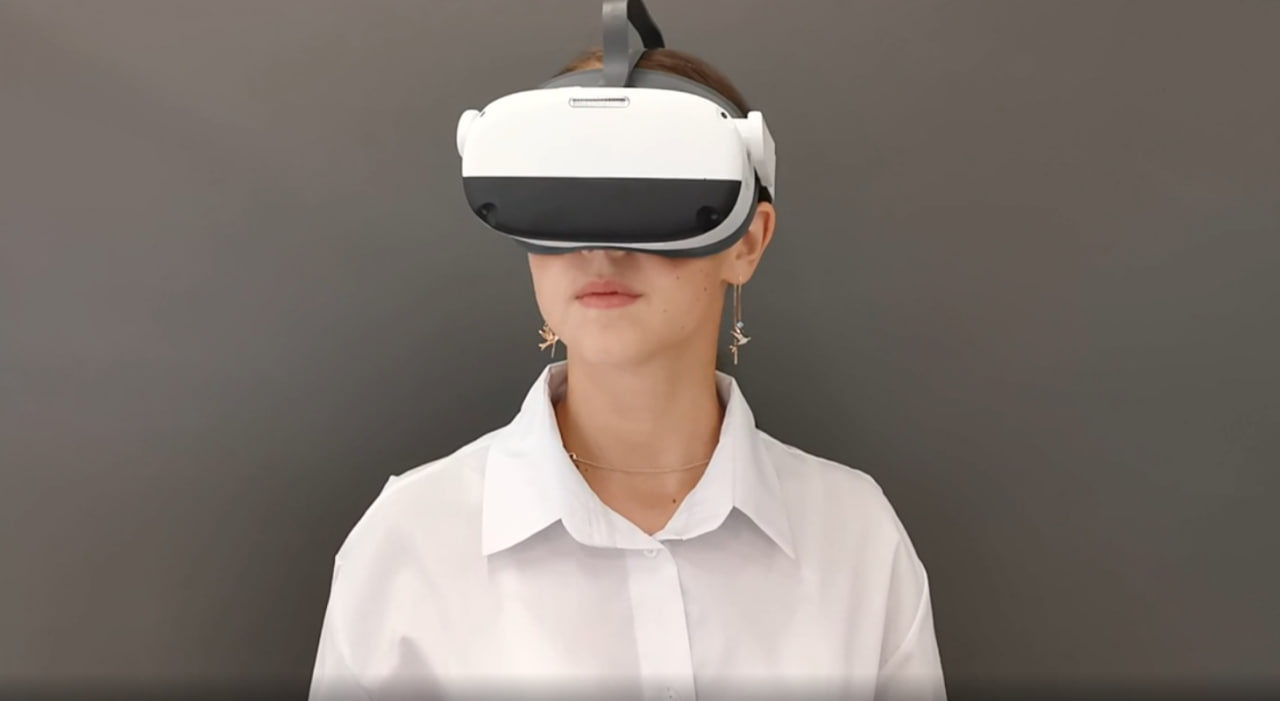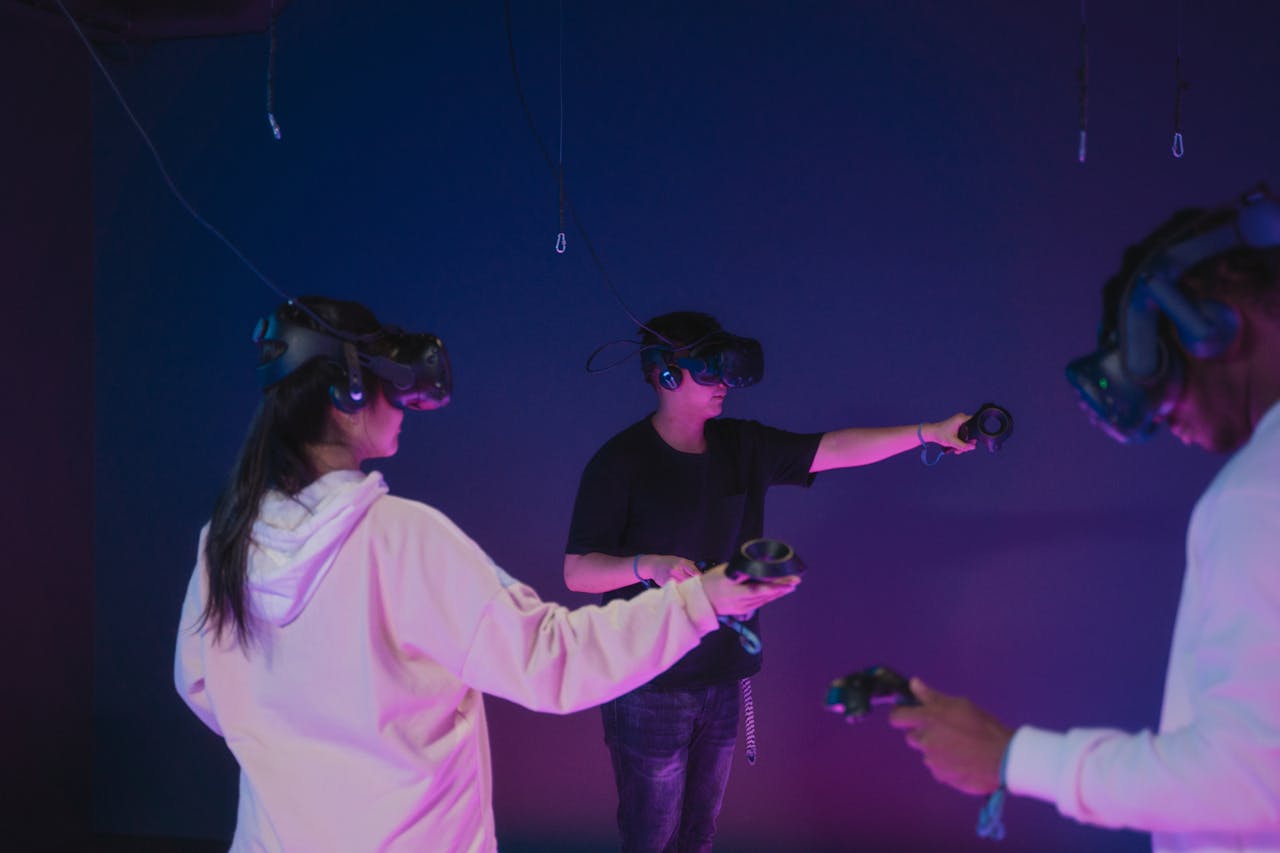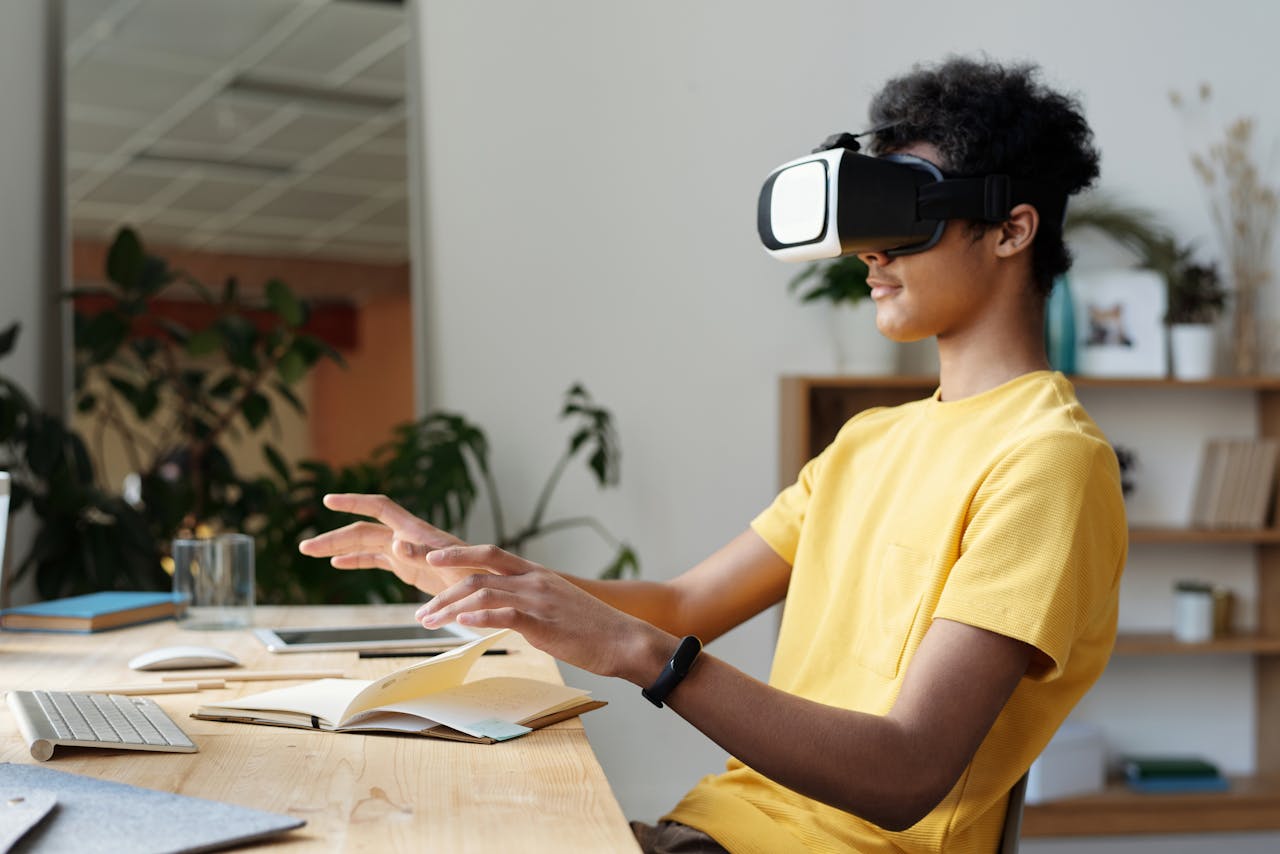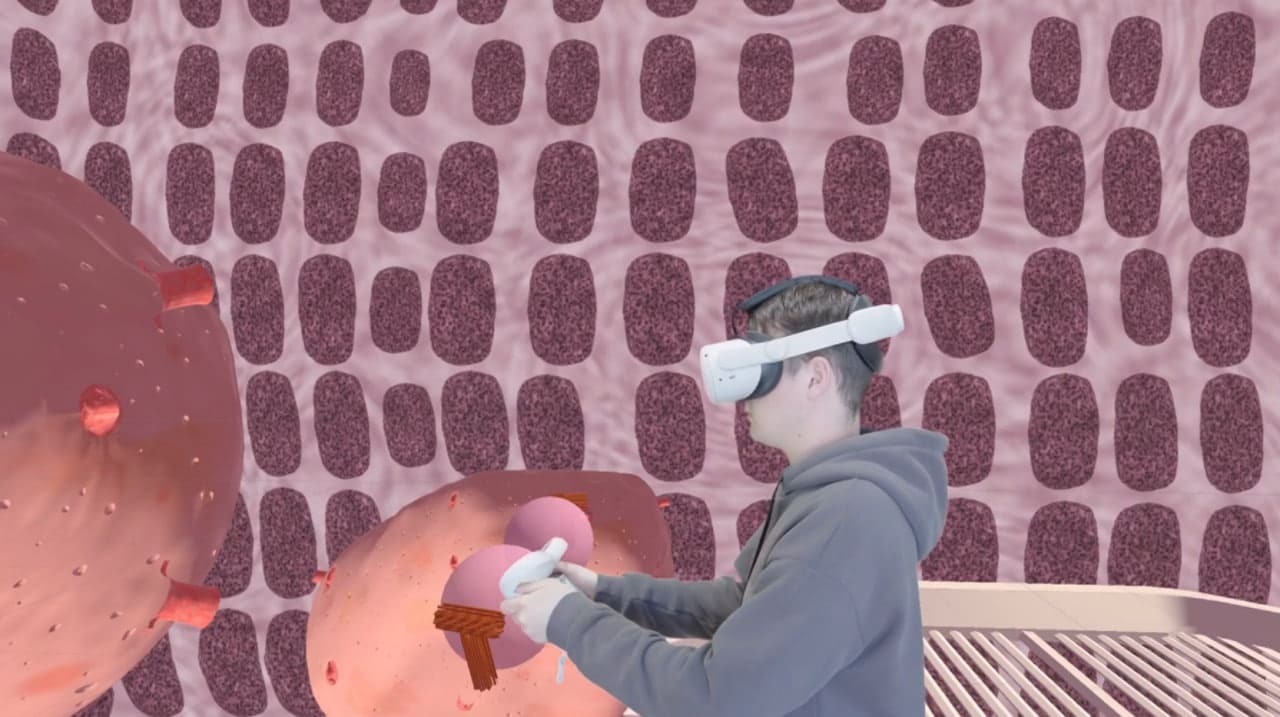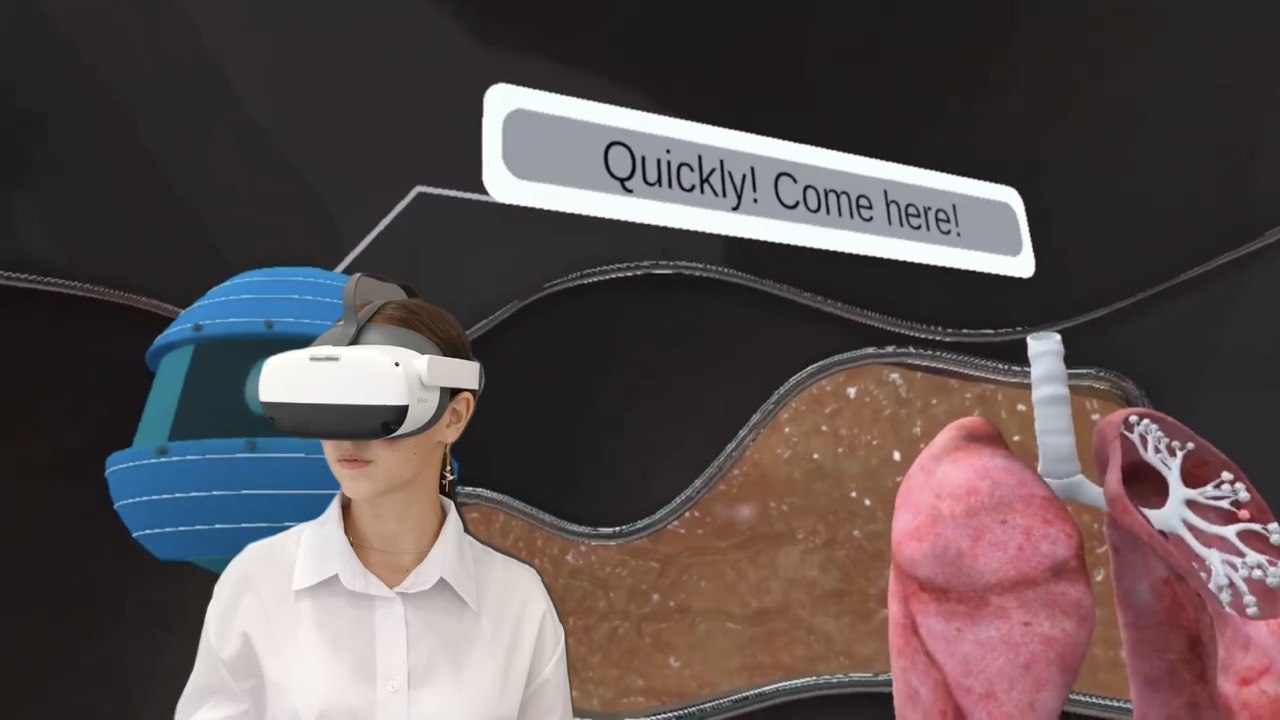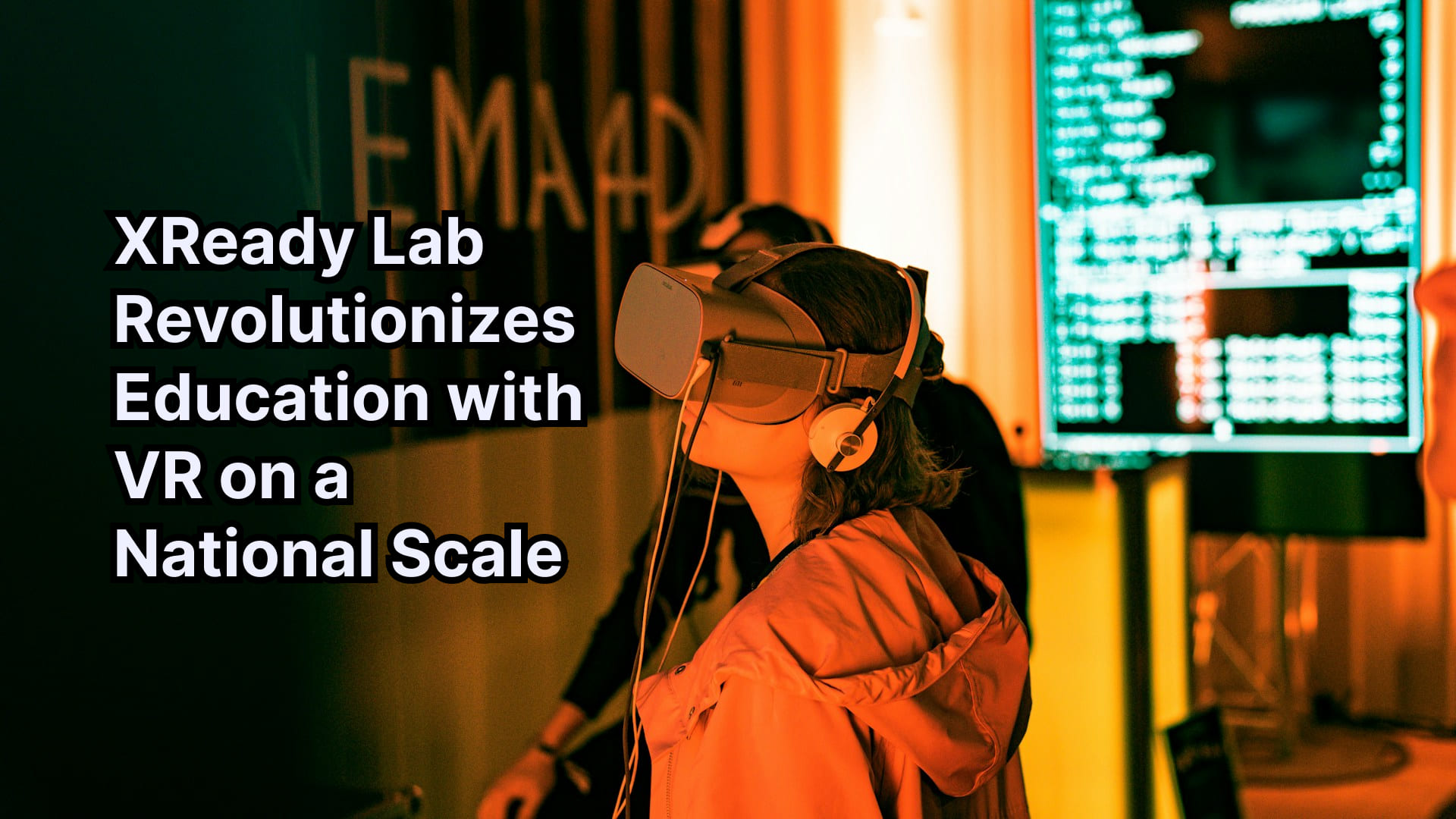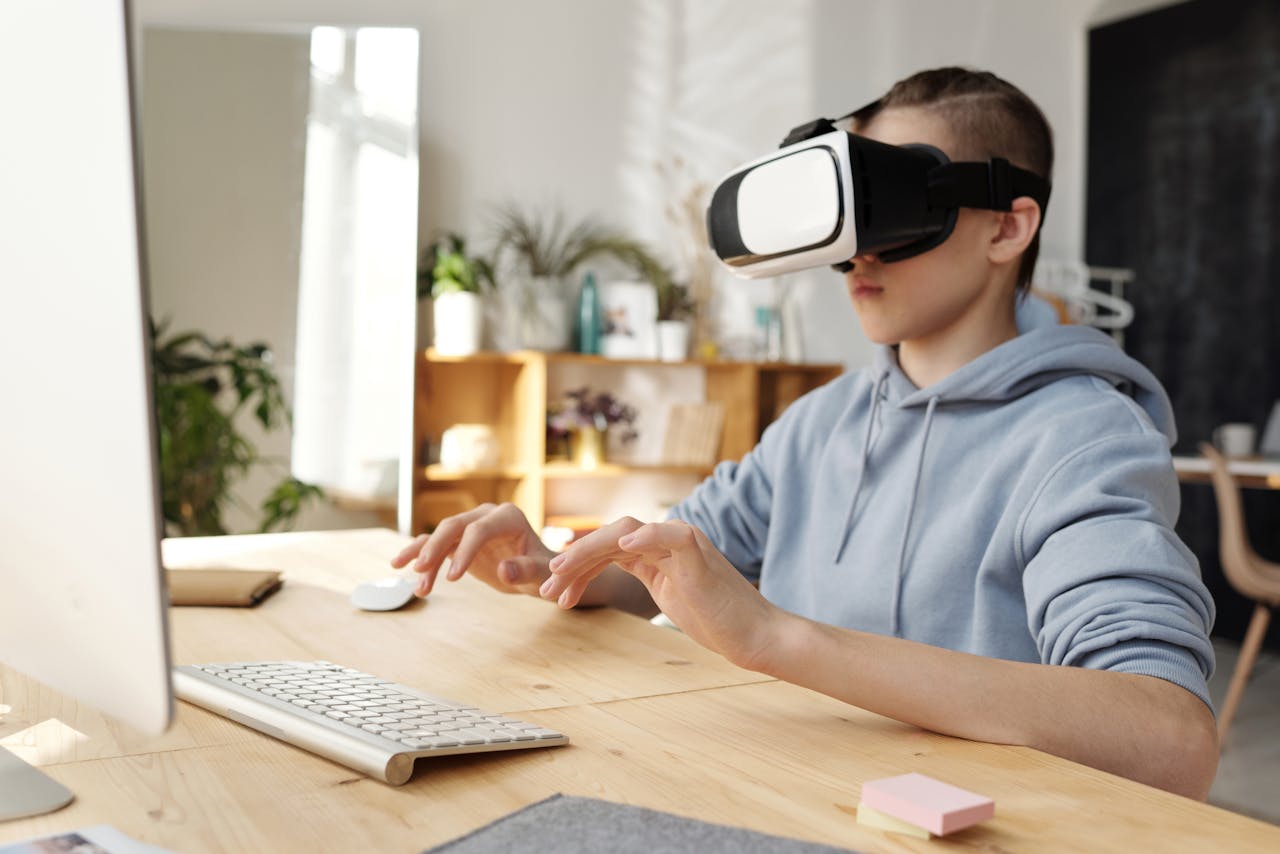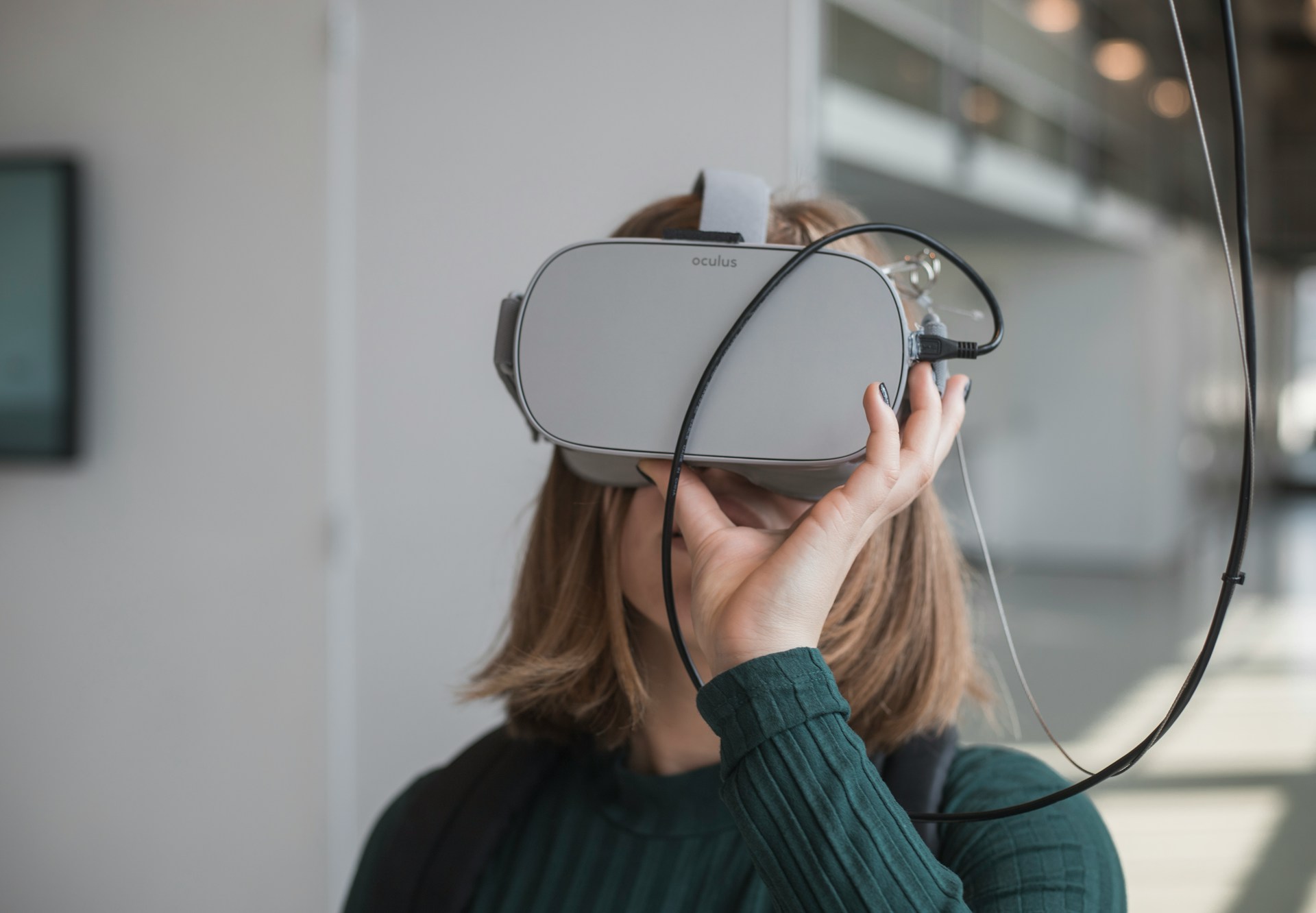When Apple unveiled its Vision Pro headset in early 2024, it sent waves of excitement through various sectors, including education. The promise of a "spatial computer" that seamlessly blends digital media with the real world seemed like a game-changer for immersive learning. However, after months of thorough analysis and practical testing, it's become clear that this device, despite its impressive technology, falls short when it comes to VR education in schools.
The Vision Pro: A Closer Look
[caption id="attachment_821" align="alignnone" width="1024"] Apple Vision Pro[/caption]
The Apple Vision Pro, weighing just over 600g, offers a unique mixed reality experience. Users can switch between fully immersive virtual reality and a mixed reality mode where digital objects overlay the real world. Unlike traditional VR headsets, the Vision Pro relies primarily on eye-tracking technology for control, eschewing handheld controllers.
While these features sound promising, they come with a hefty price tag of $3,499 – a cost that's difficult to justify for most educational institutions.
Why the Apple Vision Pro Misses the Mark for Schools
[caption id="attachment_822" align="alignnone" width="1024"] Apple Vision Pro[/caption]
Despite its cutting-edge technology, several factors make the Vision Pro unsuitable for educational settings:
Prohibitive Cost: At $3,499 per unit, it's far beyond the budget of most schools, especially when considering the need for multiple devices.
Limited Educational Content: Currently, the Vision Pro primarily runs iPad apps on a larger screen. This begs the question: why invest in expensive headsets when the same content is accessible on more affordable tablets?
Impractical for Classroom Use: The device's reliance on eye-tracking technology requires frequent calibration, a time-consuming process in a classroom where multiple students might use the same device.
The Real Champions of Educational VR
[video width="1920" height="1080" mp4="http://xreadylab.com/wp-content/uploads/2024/08/VID_20230907_154544-2.mp4"][/video]
While the Vision Pro may not be the answer for schools, other VR devices have proven their worth in educational settings. Headsets like the Meta Quest 2, Meta Quest 3, Pico Neo 3, and Pico 4 offer a more suitable solution for several reasons:
Affordability: Priced between $300-$600, these devices are more accessible for educational budgets.
Rich Content Libraries: They provide access to a vast array of educational VR apps and games specifically designed for learning.
Classroom-Friendly Features: With good battery life, wireless capabilities, and interactive controls, these devices are ready for the demands of a school environment.
Transforming Education with VR
Virtual Reality is revolutionizing how students engage with complex concepts across various subjects. Here's how VR is enhancing education:
1. Immersive Science Experiments
VR allows students to conduct virtual experiments that might be too dangerous, expensive, or impractical in a real-world setting. Imagine dissecting a virtual frog or exploring the inside of a volcano – all from the safety of the classroom.
2. Historical Time Travel
History lessons come alive as students virtually visit ancient civilizations or witness pivotal historical events. This immersive experience fosters a deeper understanding and appreciation of history.
3. Exploring the Cosmos
astronomy lessons, students can voyage through the solar system, walk on the surface of Mars, or witness the birth of stars. These experiences make abstract concepts tangible and unforgettable.
XReady Lab: Pioneering VR Education
At XReady Lab, we're at the forefront of developing VR education software that aligns with curriculum standards while captivating students' imaginations. Our suite of VR education apps focuses on creating engaging, interactive experiences for STEM subjects.
Our Approach to VR in Education:
Curriculum-Aligned Content: Our simulations are designed to complement existing science lesson plans, making integration seamless for educators.
Interactive Learning: We believe in learning by doing. Our VR experiences encourage active participation, not passive observation.
Safe Experimentation: Students can conduct virtual experiments that would be impossible or dangerous in a traditional lab setting.
Experience the Future of Learning Today
At XReady Lab, we're revolutionizing STEM education with our cutting-edge VR simulations. Our content is specifically designed for popular and affordable VR devices like Meta Quest 2, Meta Quest 3, Pico Neo 3, and Pico 4, making immersive learning accessible to schools everywhere.
Let's explore two of our standout simulations that are transforming science education:
1. VR Mitosis: Cell Division Like Never Before
https://youtu.be/kA5ytPhe2H8
Our VR biology simulation on cell division mitosis offers an unparalleled learning experience:
Immersive Visuals: Witness the complex process of cell division in stunning detail.
Interactive Features: Engage with each stage of mitosis, reinforcing understanding through hands-on exploration.
Learning Objectives:
Identify and understand the stages of mitotic cell division
Explore the events occurring in each division stage
Comprehend the role of chromosomes in cell division
This simulation brings cellular biology to life, offering an engaging and informative experience that textbooks simply can't match.
2. Solar System Explorer: Journey Through the Cosmos
https://youtu.be/2HgP6FKDQoY
Step into the shoes of an astronaut and explore the wonders of our solar system:
Visit Different Planets: Experience Mars, Jupiter, Saturn, and more up close.
Space Travel Training: Learn about the essentials of space exploration.
Interactive Space Suit Construction: Build and customize your own space suit.
Gravity Simulation: Feel the different gravitational forces on various planets.
This simulation turns abstract astronomical concepts into tangible, unforgettable experiences, igniting students' passion for space science.
Compatible VR Devices
Our simulations are optimized for the most popular educational VR headsets:
Meta Quest
Meta Quest 2
Meta Quest Pro
Pico Neo 3
Pico 4
By focusing on these accessible devices, we ensure that schools can implement VR education without breaking the bank.
Try Our Free VR Education Apps
We invite educators to explore the potential of VR in their classrooms. Visit our demo request page to access our free VR education apps and witness firsthand how they can transform your science lessons.
Don't just teach science – let your students experience it. With XReady Lab's VR simulations, you're not just preparing students for exams; you're inspiring the next generation of scientists, astronauts, and innovators.
Request Your Free Demo Today
Conclusion: Embracing Practical VR Solutions in Education
While the Apple Vision Pro showcases impressive technology, it's not yet the right fit for school VR education. Instead, devices like Meta Quest and Pico, combined with specialized educational content from companies like XReady Lab, offer a more practical, affordable, and content-rich solution for integrating VR into the classroom.
As we continue to push the boundaries of educational technology, it's crucial to focus on solutions that not only dazzle with innovation but also provide tangible, accessible benefits to students and educators alike. By choosing the right VR tools, we can create a learning environment that's not just about the future – it's about bringing that future into today's classrooms.
Ready to revolutionize your teaching with VR? Contact us today to learn more about how XReady Lab can enhance your STEM curriculum with cutting-edge VR technology.
